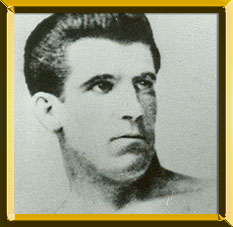

Jim Corbett started a school for railway staff at Mokama Ghat. He studied at Oak Openings School, which merged with Philander Smith College, in Nainital, later known as the Halett War School, and now known as Birla Vidya Mandir, Nainital.īefore he was nineteen, he quit school and found employment with the Bengal and North Western Railway, initially working as a fuel inspector at Manakpur in Punjab, and subsequently as a contractor for the trans-shipment of goods across the Ganga at Mokama Ghat in Bihar.

Over time, he became a good tracker and hunter.

Through frequent excursions, he learned to identify most animals and birds by their calls. įrom a very early age, Jim was fascinated by the forests and the wildlife around his home in Kaladhungi. Jim was then aged six and his eldest brother Tom took over as postmaster of Nainital. His father retired from the position of postmaster in 1878 and died a few weeks after a heart attack on 21 April 1881. In winters, the family used to move to the foothills, where they owned a cottage named "Arundel" in the village now known as Kaladhungi.Ĭorbett's mother was very influential in Nainital's social life among Europeans, and she became a kind of real estate agent for European settlers. Jim Corbett's parents had moved to Nainital in 1862 after his father had quit military service and been appointed the town's postmaster.
Charles James Doyle of Agra, who died at Etawah in 1857. He grew up in a large family of sixteen children and was the eighth child of Christopher William Corbett and his wife Mary Jane née Prussia who had previously married Dr. Corbett House at Corbett Museum, Kaladhungi, KumaonĮdward James Corbett was born on 25 July 1875 of British ancestry in the town of Nainital in Kumaon division, Uttarakhand, India.


 0 kommentar(er)
0 kommentar(er)
